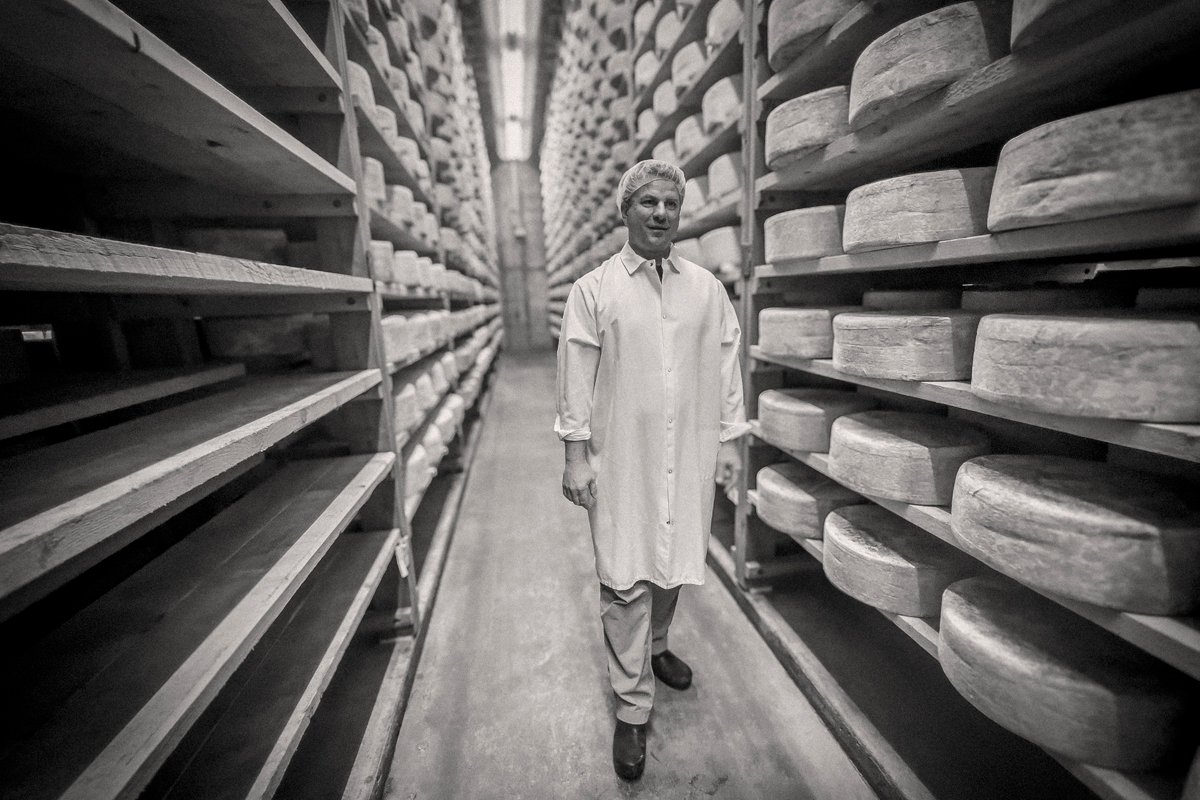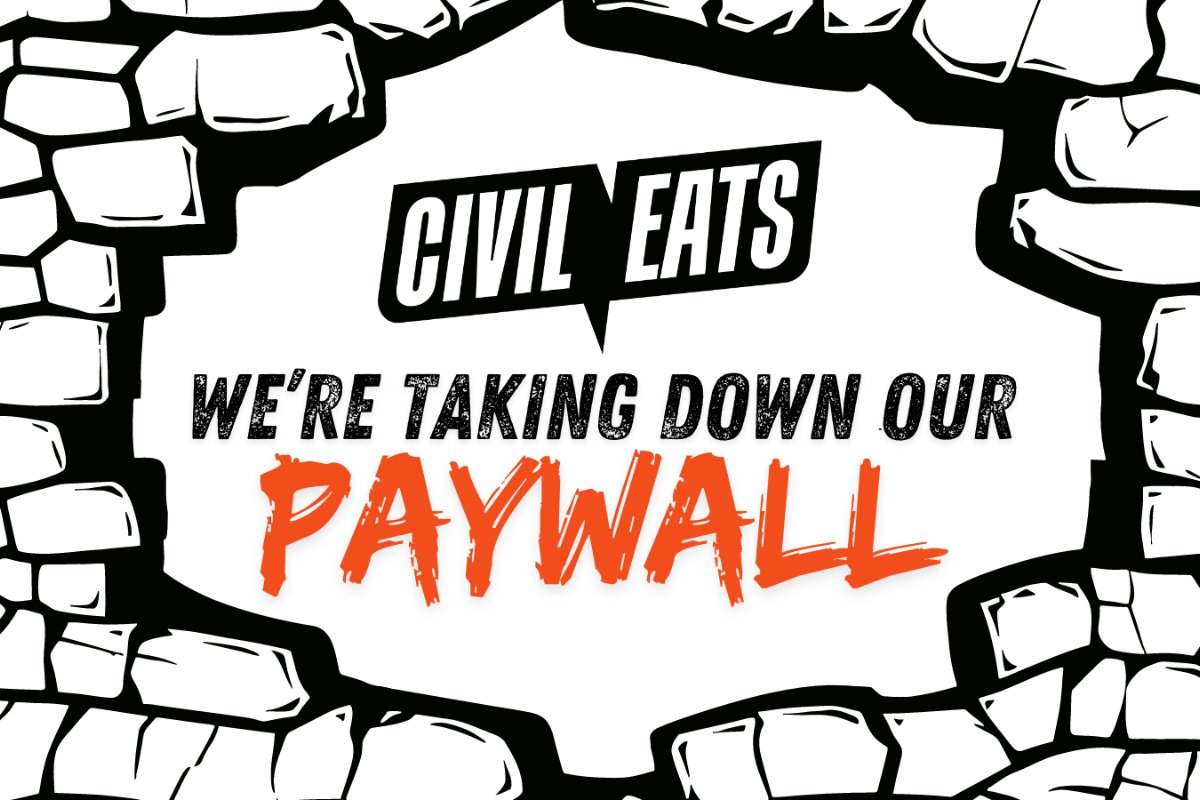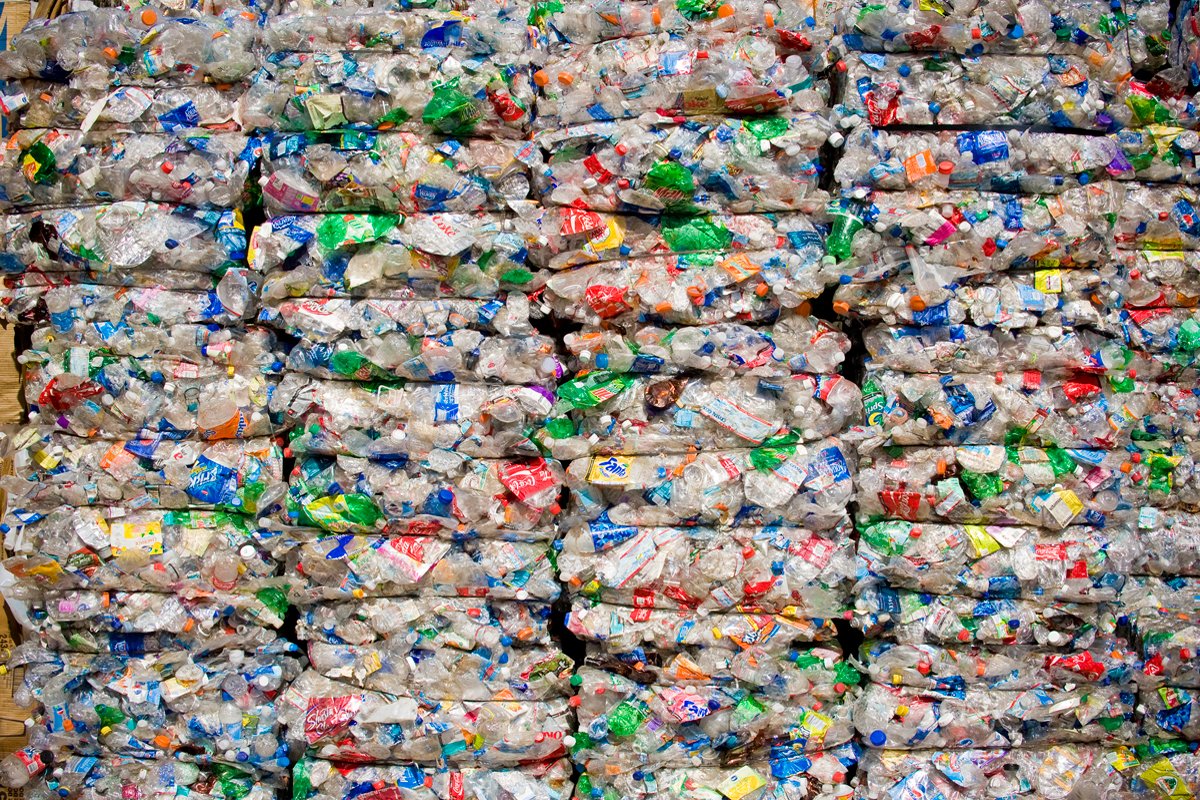Novel viruses have been emerging in CAFOs for years. Advocates say coronavirus should act as a wake-up call.

Novel viruses have been emerging in CAFOs for years. Advocates say coronavirus should act as a wake-up call.
May 29, 2020

COVID-19’s swift and deadly spread through America’s largest meatpacking plants has shone a bright light on the plight of vulnerable workers who are crowded into massive facilities to process the country’s beef, pork, and poultry.
Now, as the pandemic continues, activists, commentators, and policymakers are calling attention to another kind of crowding endemic to large-scale meat production—one that could lead to the emergence and spread of future viruses: the confinement of millions of U.S. farm animals.
Most of the meat eaten globally is raised in concentrated animal feeding operations (or CAFOs), points out Krissy Kasserman, the factory farm organizing manager at Food & Water Watch, which maintains a map of all the large livestock operations in the U.S. “We have a lot of evidence that previous outbreaks have arisen in factory farms,” she says. “I think that in focusing our anger on wet markets, we’re ignoring the way that most people eat all around the world.”
As advocates and politicians call for policies that restrict and reduce the number of such operations, the threat of another pandemic tops their list of reasons.
In April, the Animal Legal Defense Fund called on Congress to restrict funding to factory farms in future stimulus bills and to instead allocate funds “toward incentivizing the institutional changes needed to reduce the threat of another virus gripping the U.S.”
In May, Representative Ro Khanna (D-California) introduced companion legislation to Senator Cory Booker’s (D-New Jersey) Farm System Reform Act (now co-sponsored by Senator Elizabeth Warren of Massachusetts) in the House, with six co-sponsors. Khanna linked to a recent story about the potential danger of another pandemic in a press release announcing the bill, which would place a moratorium on the building of new CAFOs.
Why is so much attention being paid to the next pandemic when we’re still in the midst of this one? Here’s what you need to know.
No one is suggesting that coronavirus came from a large industrial farm. But when it comes to another novel flu virus arising out of industrial animal agriculture systems, Bob Martin says a mountain of evidence led his team to conclude, “it was not a matter of if, but when.”
Martin is the food system policy director at Johns Hopkins Center for a Livable Future, and between 2005 and 2008 he directed the Pew Commission on Industrial Farm Animal Production, a comprehensive, independent assessment of the meat industry that produced a wide range of in-depth research on its impacts on the environment, rural jobs, public health, and more.
“The broad conclusion of the commission was that these operations represent an unacceptable level of threat to public health,” he said. The environments the animals are raised in serve as “unique environment[s] to create novel flu viruses.”
Zoonotic diseases, also called zoonoses, are diseases that pass from animals to humans, and they represent the majority of known human pathogens. With some, individual transmissions are clear, such as tick bites causing Lyme disease in humans. Some spread among animals, jump to humans, and then spread via human contact. Some spread more quickly in animals versus humans and vice versa or are more dangerous in one species versus another.
Flu viruses are particularly tricky, because they are able to mutate quickly as they replicate themselves, which means they can adjust to new host environments and become more dangerous as they spread, explained Gail Hansen, the former state epidemiologist and public health veterinarian for the Kansas Department of Health and Environment. Depending on the specific virus, it may spread from animals to humans and then further among humans by way of the respiratory tract, the gastrointestinal tract, or sexual contact.
In a world suddenly familiar with the idea that social distancing is the fastest way to mitigate the spread of a virus, the most obvious reason animal agriculture is vulnerable is due to confined spaces. In the U.S., CAFOs house a minimum of 125,000 broiler chickens, 82,000 egg-laying hens, 2,500 pigs, or 1,000 beef cattle in one place. A 2019 analysis of U.S. Department of Agriculture (USDA) data found that around 99 percent of over 350 million farmed animals in the U.S. are raised in facilities with at least 400 animals. And the vast bulk of them are on much larger farms.
And over the last several decades, the number of farm animals living in CAFOs has increased exponentially, according to the USDA. For example, between 1982 and 2017 the number of hogs raised on farms with 5,000 or more animals increased from under 5 percent to 73 percent. In 2017, the country had 263,000 fewer hog farms but produced 17,000,000 more pigs. According to Food & Water Watch’s recent report, the average medium or large egg CAFO houses just under 800,000 birds.
“If I was trying to design a way to spread a pathogen—whether it’s bacteria or a virus—our modern farming [systems] would be the best way to do that, because you’ve got animals so concentrated, they’re literally cheek-to-jowl with one another,” Hansen said. “They can spread things among each other pretty fast, and … that’s when mutations are likely to happen.”
Research also points to the fact that especially with broilers (chickens raised for meat), industry breeding for fast growth and weight gain has created birds that have weakened immune systems. (Heritage breeds, in contrast, are notably resilient.)
“Animals have these three centers where energy is going: musculoskeletal systems, reproduction, and immune systems. There is a finite amount energy that is able to be directed in any one of those places,” said Andrew deCoriolis, executive director of Farm Forward. So when increased energy is directed toward producing muscle tissue (in the form of large chicken breasts) quickly, less energy is available for immune system defenses.
Hansen said stress is also key. “You’re crowding them together and trying to get them to do a thing—whether it’s making eggs or milk or muscle—faster. You’re pushing them to their limits,” she said. “To do that, you’ve got these extra stresses on the animals, and that makes them more susceptible to disease.”
Although bird flu hasn’t been in the news in recent years, it’s still an active concern for many scientists. A 2018 study mapped the emergence of the most dangerous H5 and H7 strains of avian influenza, called highly pathogenic avian influenza (HPAI) viruses. Of 39 strains that had “converted” from low pathogenic to highly pathogenic, all but two “were reported in commercial poultry production systems.”
The number of humans infected by H5 and H7 strains has so far been low, with small numbers of cases and deaths in humans reported in other countries, but none in the U.S. Still, H5N1, often called “Asian bird flu” has infected about 700 people around the world, and when it does infect humans, it is uniquely deadly, killing 60 percent of those infected.
And new HPAI virus outbreaks have been emerging and spreading in commercial poultry for years. The worst outbreak in the U.S. occurred in 2014 and 2015, and led to the killing of 50 million birds, most of them commercial laying hens. In 2017, H7 strains spread at a Tyson farm in Tennessee and were later found in commercial poultry flocks in Alabama, Kentucky, and Georgia.
This April, the USDA reported that a highly pathogenic case of H7N3 was found on a turkey farm in South Carolina and that it appeared to have mutated from a low pathogenic strain that had already been present in the area.
“Luckily, it was H7N3, which the CDC says causes mild to moderate illness in humans. That’s the good news,” deCoriolis said. “But this is something that’s happening all the time. This is an ongoing emergency.”
According to the World Organization for Animal Health, which tracks HPAI, the outbreak was one of 23 reported in poultry flocks around the world between March 27 and April 16 of this year.
Industry representatives acknowledge that avian flu is a serious issue, but they see it as one that can be managed within these systems with the right practices. “The U.S. broiler industry has an excellent track record of preventing diseases like HPAI, due to strict biosecurity measures, robust surveillance and testing plans, and partnerships with APHIS and the National Poultry Improvement Plan,” said Tom Super, senior vice president of communications for the National Chicken Council. “The U.S. has the most robust monitoring and surveillance programs in the world, and detailed plans in place to control spreading among flocks and eliminate the virus completely.”
Super also argues that keeping animals confined protects them against bacteria wild animals that carry disease. “Keeping the birds indoors significantly reduces the risk of diseases like HPAI, because they are less likely to come in contact with migrating waterfowl, the number one carrier and transmitter of avian influenza,” he said.
Flu viruses that jump from pigs to humans may pose a greater risk than avian influenza because a pig’s physiology is closer to human physiology, Hansen said. In fact, the last global pandemic, declared by the World Health Organization in June of 2009, started with a pig.
Thankfully, the novel virus H1N1, often referred to as “swine flu,” did not spread with the vicious vigor of 2020’s novel coronavirus. But in its first year, the Centers for Disease Control and Prevention estimates it killed between 152,000 and 575,000 people around the world. Since then, it has continued to circulate and has led to over 900,000 hospitalizations and 75,000 deaths in the U.S.
Researchers traced the origin of the 2009 H1N1 pandemic to pigs in central Mexico and found the virus came from a mix of two swine viruses, one of which had jumped between birds, humans, and pigs.
“This virus came from, and was confined to, a very small geographic area and had been there 10 years before one emergent strain gained the capacity to infect humans,” the study’s senior author, Adolfo García-Sastre, Director of the Global Health and Emerging Pathogens Institute at Mount Sinai, told ScienceDaily.
In the U.S, H1N1 and other variants of influenza A that affect pigs are routinely dealt with on commercial hog farms, and research shows the U.S. and Europe spread the viruses as they export pigs around the world.
The pork industry acknowledges that the spread of disease among pigs is a real threat. In a January interview at the Iowa Pork Congress, Iowa Pork Producers Association CEO Pat McGonegle told Civil Eats the number one issue attendees at the event were focused on was “biosecurity and foreign animal disease prevention and preparedness.” His main concern, however, was the spread of African swine fever, a disease that does not affect humans.
Heather Fowler is the public health veterinarian for the National Pork Board, which represents the industry. She said the most important aspect to preventing the spread of viruses is making sure that individual farmers are following “good production practices.”
“Regardless of how they’re housed, we want to make sure that we maximize or optimize animal health, and that involves producers working directly with veterinarians to develop a herd health plan,” she said, referencing the Pork Quality Assurance Plus program developed by the industry. Neither the program nor implementing herd health plans are required by law.
Like Super, Fowler also emphasized the efficacy of biosecurity measures the industry employs such as quarantining pigs before adding them to the herd and controlling visitors’ access to the herd, making sure they have showered and changed clothes since their last exposure to pigs, for example. But “nobody’s biosecurity is 100 percent,” Hansen said.
While some experts point to the threat of novel viruses emerging and spreading in these systems, the government agencies tasked with protecting public health have largely been rolling back regulations.
And while immediate concerns related to slowing the spread of coronavirus and ensuring a consistent food supply will have to come first, advocates said the current crisis should spur immediate action to prevent a future outbreak, not delay it.
“As we are seeing the potential for this level of disruption to our lives, to the economy, to our families,” Food & Water Watch’s Kasserman said, “I think that we should be asking ourselves if we want to ever do this again.”
Farm Forward is launching a public campaign that will call on public health officials and private research institutions to more closely evaluate the evidence that links industrial poultry and hog farming to pandemic risk.
“This is a moment where we’re all evaluating something that was very abstract in the past,” deCoriolis said. “I think people and policymakers will be more willing to look at some of these issues that were pushed down to the bottom of the priority list because they didn’t seem urgent.”
He sees the Farm System Reform Act as a first step, not a solution. “We’re going to have to remake our food system,” deCoriolis said. “This is the perfect opportunity to both make it more resilient and reduce its pandemic risk.”

September 4, 2024
By paying top dollar for milk and sourcing within 15 miles of its creamery, Jasper Hill supports an entire community.
September 3, 2024

August 27, 2024

August 26, 2024

Like the story?
Join the conversation.